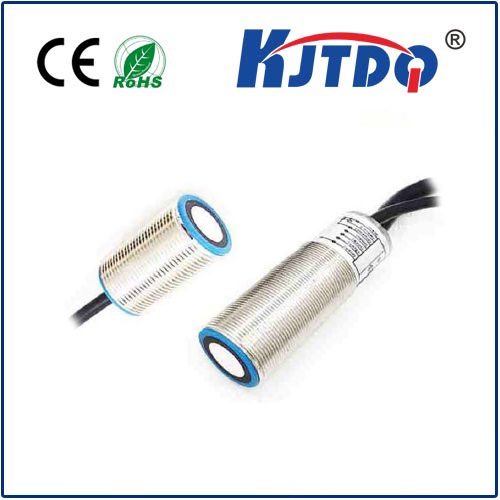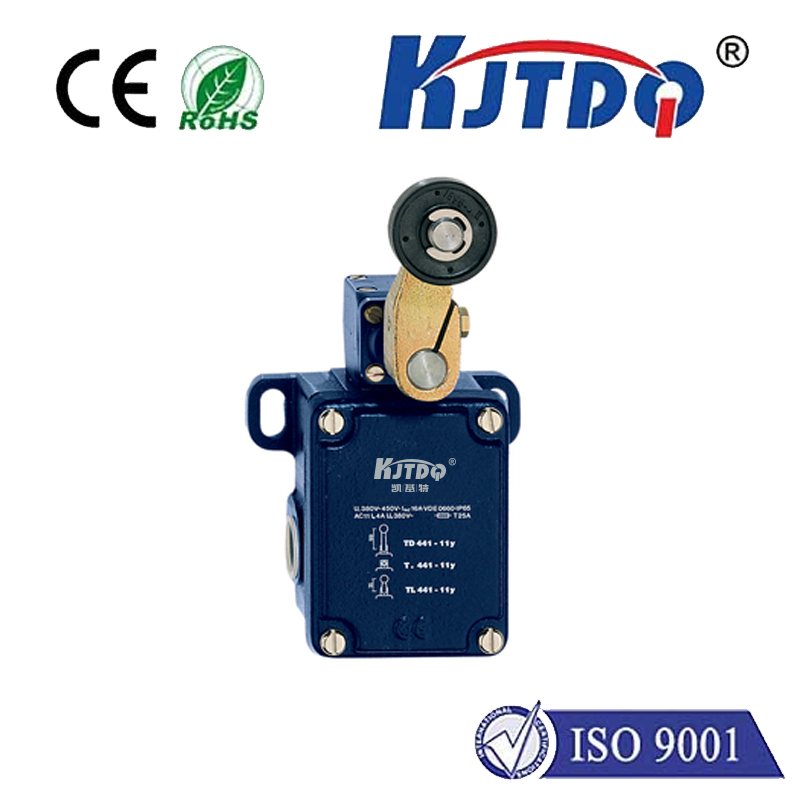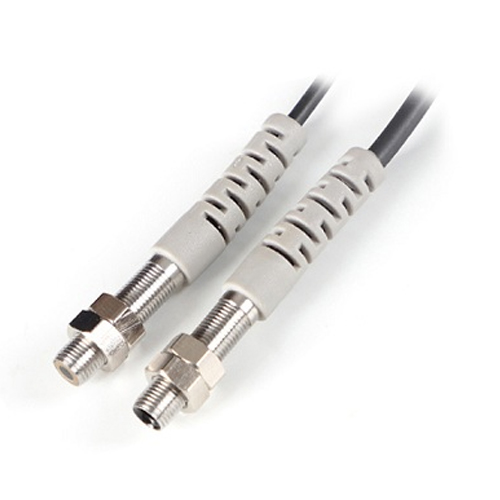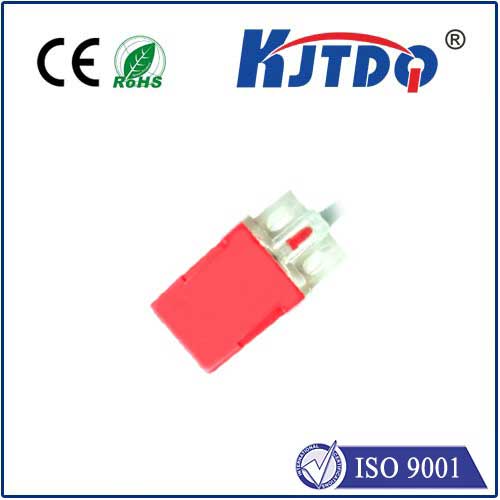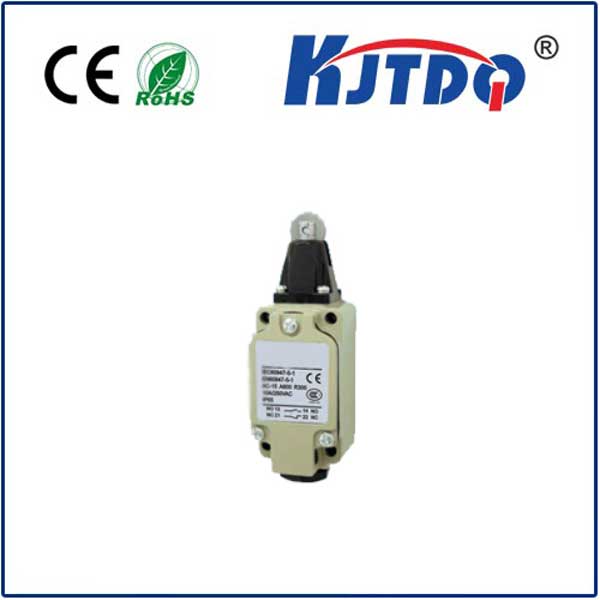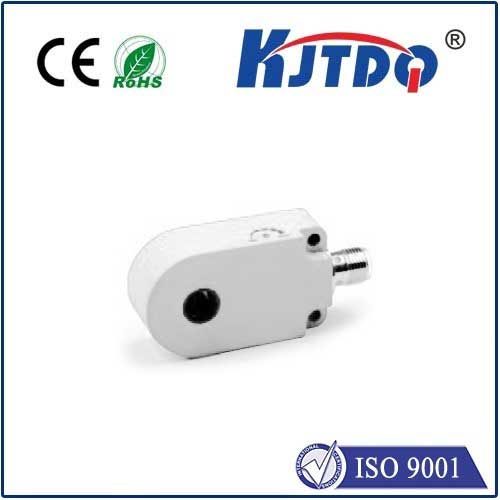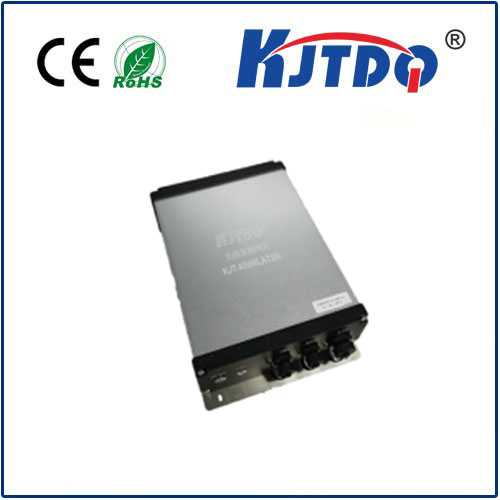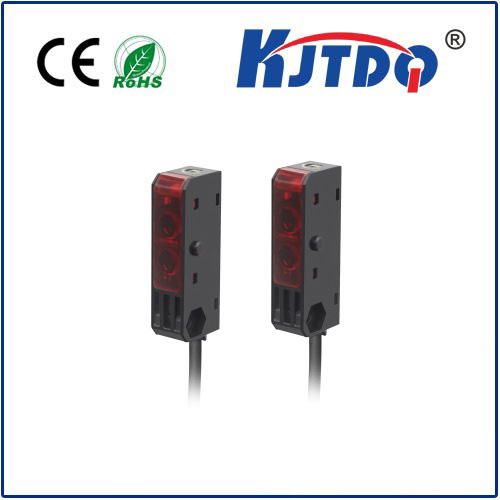ifm 30mm proximity sensor
- time:2025-07-03 02:12:42
- Нажмите:0
Unlock Precision Detection: Mastering the ifm 30mm Proximity Sensor
Imagine a high-speed bottling line. Glass containers whizz past filling stations, capping heads descend with millisecond precision. Suddenly, a bottle jams. Without intervention, chaos ensues – shattered glass, costly downtime, production delays. But what if a tiny, unassuming device could sense the obstruction instantly, sending a signal to halt the line before catastrophe strikes? This is the silent, vital role played by proximity sensors like the ubiquitous ifm 30mm inductive proximity sensor. Compact, robust, and incredibly reliable, this specific diameter variant is a cornerstone in countless industrial applications, offering precise non-contact detection critical for automation, safety, and efficiency.
Understanding the Inductive Advantage: The Core of ifm 30mm Proximity Sensors
At its heart, a 30mm proximity sensor from ifm operates on the principle of inductive sensing. This technology is specifically designed to detect metallic objects (typically ferrous metals like iron and steel, though many specialized types detect non-ferrous metals too) without any physical contact. Here’s how it works:
- Generating the Field: The sensor contains an internal oscillator circuit that generates a high-frequency electromagnetic field emanating from its active face.
- Target Interaction: When a metallic target enters this electromagnetic field, it induces small electrical currents (“eddy currents”) within the target material.
- Field Dampening: The energy absorbed by these eddy currents dampens the amplitude of the sensor’s oscillating field.
- Signal Trigger: The sensor’s electronics continuously monitor the oscillation amplitude. When the damping reaches a pre-defined threshold (indicating the target is within the nominal sensing range), the sensor’s output circuit switches state (e.g., from OFF to ON or vice-versa).
The “30mm” designation refers explicitly to the sensor housing diameter. This standardized size makes it compatible with mounting holes and brackets designed for this common form factor, facilitating easy integration and replacement. ifm leverages its engineering expertise within this size constraint to deliver sensors renowned for their performance and durability.

Why the ifm 30mm Proximity Sensor Stands Out in Automation
Choosing the right sensor is crucial. The ifm 30mm inductive proximity sensor distinguishes itself through several key features:
- Robust Construction & Environmental Resilience: Built for harsh industrial environments, these sensors typically boast high IP67 or IP69K ratings, signifying excellent resistance to dust ingress and powerful water jets. This makes them ideal for demanding sectors like food and beverage processing, packaging, metalworking, and automotive manufacturing, where exposure to coolants, oils, and washdowns is common. Many feature stainless steel housings for enhanced corrosion resistance.
- Optimized Sensing Performance: Despite their compact size, ifm engineers these sensors for reliable detection at their specified nominal sensing range. Factors like flush mounting capability (enabling installation flush with surrounding metal) and stable temperature characteristics ensure consistent performance even in thermally variable settings. Look for sensors offering switching frequencies suitable for high-speed applications.
- Variety to Suit Application Needs: The “ifm 30mm proximity sensor” category encompasses diverse options:
- Output Types: Choose between PNP (sourcing) or NPN (sinking) transistor outputs, NO (Normally Open) or NC (Normally Closed) switching logic, depending on your control system requirements.
- Connection Styles: Options include standard cable versions, M8 or M12 quick-disconnect connectors, or solderable leads for ultimate flexibility in panel or machine mounting.
- Specialized Functions: Certain models offer features like short-circuit protection, reverse polarity protection, and robust overload protection for enhanced reliability and equipment safety. Some feature IO-Link capability, enabling advanced digital communication for diagnostics, parameter setting, and process data integration into Industry 4.0 environments.
- Standardized Mounting & Simplified Integration: The 30mm cylindrical form factor is an industry standard. This simplifies mounting using readily available mounting brackets, nuts, and clips, minimizing installation time and complexity. ifm sensors are designed for easy setup and reliable long-term operation.
Critical Applications: Where the ifm 30mm Proximity Sensor Excels
The versatility and reliability of the 30 - мм индукционный датчик приближения from ifm make it indispensable across numerous industries:
- Position Detection: Verifying the presence or absence of machine components (cylinders extended/retracted, slides in position, pallets on conveyors, clamps locked/unlocked).
- Object Counting: Accurately counting products on conveying systems, bottles in filling lines, parts in assembly stations.
- End-of-Travel Sensing: Detecting the limits of movement for actuators, slides, lifts, and robotic arms to prevent over-travel and damage.
- Speed Monitoring: Measuring rotational speed by detecting gear teeth, shaft keyways, or targets on a rotating component (requires proper selection and mounting).
- Перевозка материалов: Detecting the presence of metal pallets, containers, or products guiding automated fork trucks or conveyor routing.
- Machine Tooling: Monitoring tool position, turret indexing, workpiece clamping, and coolant flow presence on CNC machines, presses, and lathes.
- Packaging Machinery: Controlling filling levels (using target flags), detecting lids, verifying case sealing operations, and monitoring film presence.
Selecting and Implementing Your Sensor Effectively
To maximize the performance of your ifm 30mm proximity sensor, consider these essential factors:
- Target Material: Ensure the sensor is specified to detect the specific metal type (ferrous, non-ferrous, stainless steel). The nominal sensing range is typically specified for mild steel; different materials will affect the actual usable range.
- Required Sensing Range: Choose a sensor with a nominal range suitable for your application distance. Remember practical mounting considerations.
- Switching Frequency: For high-speed applications (e.g., counting small objects moving fast), select a sensor with a sufficiently high switching frequency.
- Mounting Environment: Consider vibration levels, potential mechanical impacts, and the need for flush mounting capability. Ensure the chosen sensor’s IP rating matches the environmental demands.
- Electrical Compatibility: Match the output type (PNP/NPN, NO/NC) and supply voltage requirements to your control system (PLC, relay).
- Secure Mounting: Use appropriate ifm accessories or standard hardware to ensure the sensor is firmly mounted and correctly aligned with the target path. Avoid mounting sensors where excessive mechanical stress or vibration could damage them or cause false triggers. Proper installation directly impacts long-term reliability.
For industrial professionals seeking dependable, non-contact detection of metallic objects, the ifm 30mm proximity sensor represents a mature, high-performance solution. Its standardized size, robust construction tailored to withstand demanding conditions, and proven reliability make it a trusted component in achieving seamless automation, enhanced safety protocols, and optimized production efficiency across a vast spectrum of industries. Understanding its capabilities and proper implementation is key to unlocking its full potential within your system.

